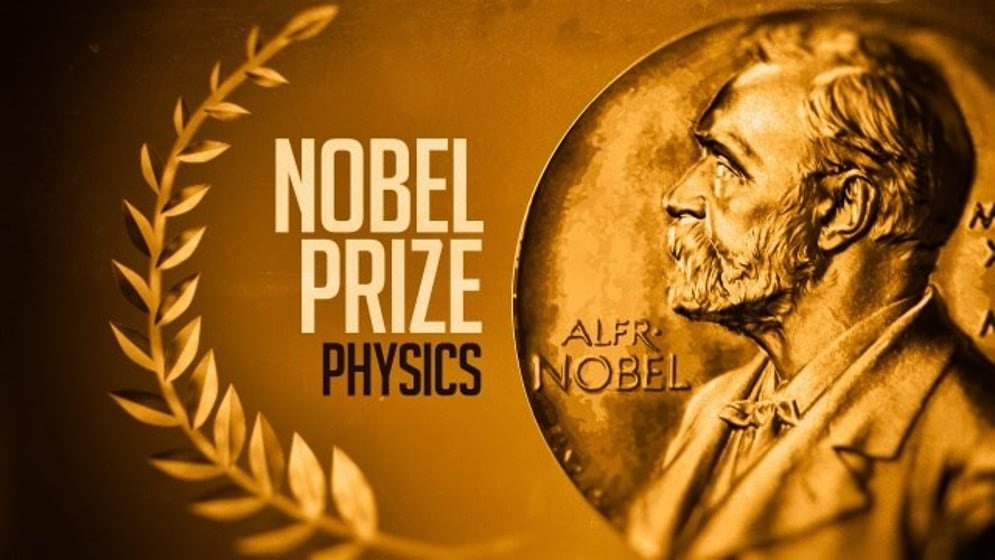New Delhi, October 3: The Nobel Prize in Physics 2023 has been awarded by the Royal Swedish Academy of Sciences to three scientists for their groundbreaking work in exploring the behavior of electrons using extremely short pulses of light.
The prestigious award was conferred upon Pierre Agostini from the Ohio State University, Ferenc Krausz from the Max Planck Institute of Quantum Optics in Germany, and Anne L’Huillier from Lund University in Sweden.
The Nobel Prize recognized their pioneering experimental methods that generate attosecond pulses of light, allowing for the study of electron dynamics in matter.
In the world of electrons, changes happen in mere tenths of an attosecond. To put this in perspective, an attosecond is so fleeting that there are as many attoseconds in one second as there have been seconds since the birth of the universe.
The Laureates’ experiments have led to the production of light pulses so incredibly short that they are measured in attoseconds. These pulses have the capability to capture images of processes occurring inside atoms and molecules.
The Royal Swedish Academy of Sciences stated, “The three Nobel Laureates in Physics 2023 are being recognized for their experiments, which have given humanity new tools for exploring the world of electrons inside atoms and molecules.
Pierre Agostini, Ferenc Krausz, and Anne L’Huillier have demonstrated a way to create extremely short pulses of light that can be used to measure the rapid processes in which electrons move or change energy.”
The Nobel Prize in Physics 2023 comes with a cash award of 11 million Swedish kronor, which will be shared equally among the Laureates.
Anne L’Huillier made a significant discovery in 1987 when she observed multiple overtones of light generated as she transmitted infrared laser light through a noble gas. Each overtone represents a light wave with a specific number of cycles corresponding to each cycle in the laser light.
These overtones result from the interaction between laser light and atoms in the gas, which imparts additional energy to some electrons, causing them to emit light.
In 2001, Pierre Agostini achieved a breakthrough by producing and studying a series of consecutive light pulses, each lasting just 250 attoseconds. Simultaneously, Ferenc Krausz was conducting experiments of a different nature, allowing him to isolate a single light pulse with a duration of 650 attoseconds. Their combined efforts opened the door to investigating processes that were previously too rapid to observe.
The applications of attosecond physics hold great potential in various fields. In electronics, for instance, a better understanding and control of electron behavior in materials are essential. Attosecond pulses also have the potential to identify different molecules, offering applications in fields like medical diagnostics.
Eva Olsson, Chair of the Nobel Committee for Physics, highlighted that this breakthrough allows scientists to delve into the world of electrons and understand mechanisms governed by them, with the next step being their utilization.


